Woman of the Night
When a mysterious young woman arrived in the small English village of Almondsbury on the night of April 1817, the locals didn’t know what to make of her.
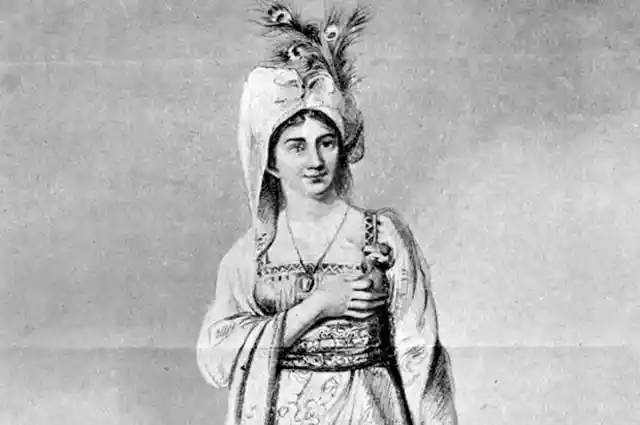

Clearly exotic, not from the area, and speaking in a foreign tongue no one could understand, the woman was clearly distraught and confused. Why was she there? And where did she come from?
Seeking Advice from Authorities
At first, the locals weren’t sure how to handle the mysterious woman. They immediately reached out to the parish overseer, but he too was unsure how to deal with the strange lady.
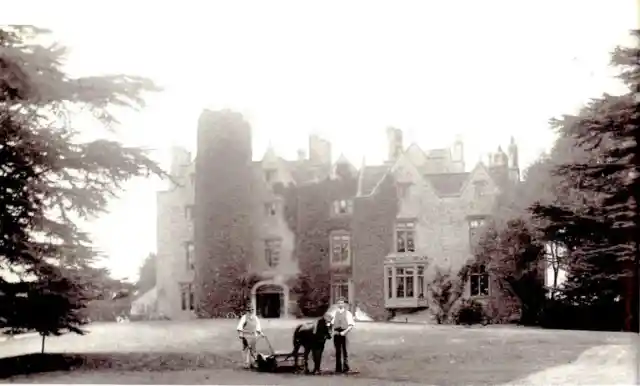

Therefore, he approached the manor house in Knole Park, which was the home to Samuel and Elizabeth Worrall. Both Americans, Samual was a magistrate and had the authority to decide what to do.
Beautiful and Foreign
When the Worralls went to meet the young woman, they were taken aback by her unique beauty.

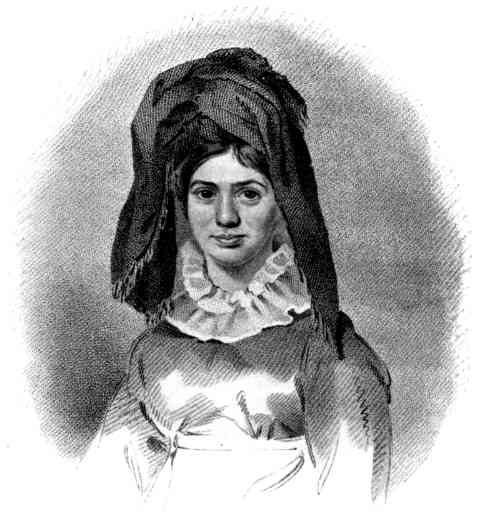
Standing at around 5’2, she had dark eyes and hair. She wore a black gown with a shawl around her head, as well as a red shawl that cascaded around her shoulders. Who could this stunning woman be?
Not Able to Communicate
Samual called upon his brother who knew most Middle Eastern languages with the hopes he’d be able to communicate with her. However, he could not make out the dialect in which she spoke.

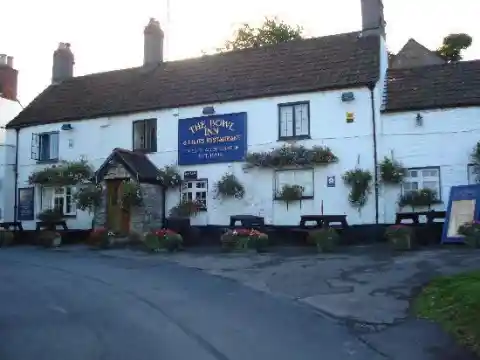
Realizing they were making no progress, Samual and his wife sent the woman to the village inn where she could get a hot meal and a place to sleep for the night.
The Next Morning
In the early hours of the morning, Elizabeth Worrall went to visit the young woman. She found her looking over illustrated travel books and seemed most interested in one with pictures of China.
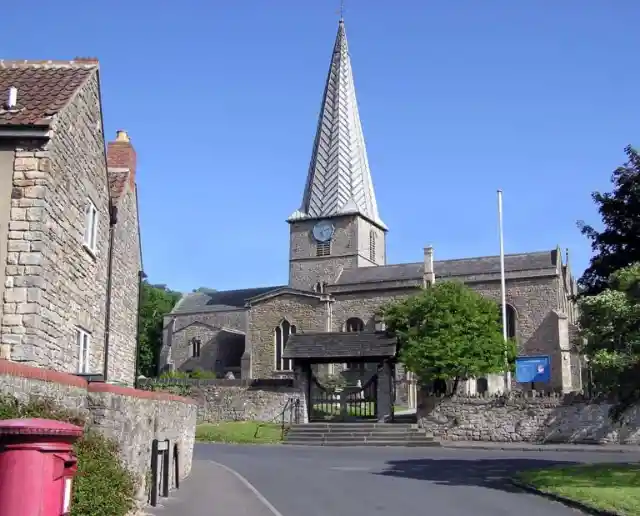
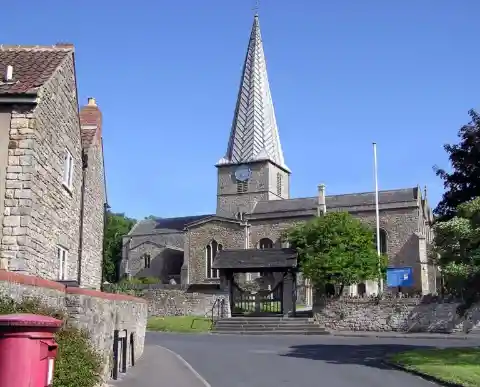
After some time, the woman was able to communicate through signs and told the locals her name was Caraboo.
Questioned by Officials
Caraboo was taken to Bristol, a nearby port city where she was questioned by city officials and the mayor.
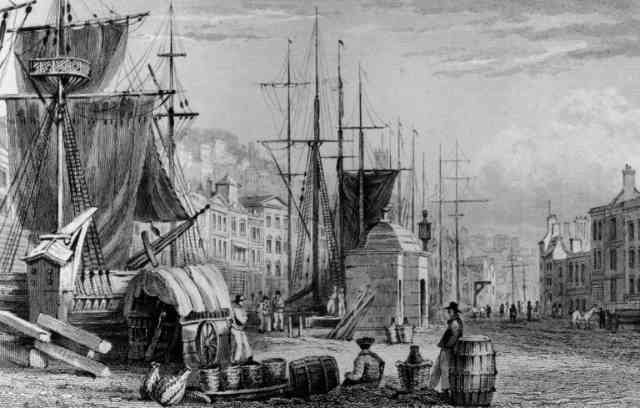

They came to the conclusion she as simply a beggar; therefore, she was committed to St. Peter’s Hospital for Vagrants. However, she wouldn’t stay there long…
Breaking Through the Language Barrier
After being incarcerated, Caraboo met a Portuguese man named Manuel Enes who said he could understand language.
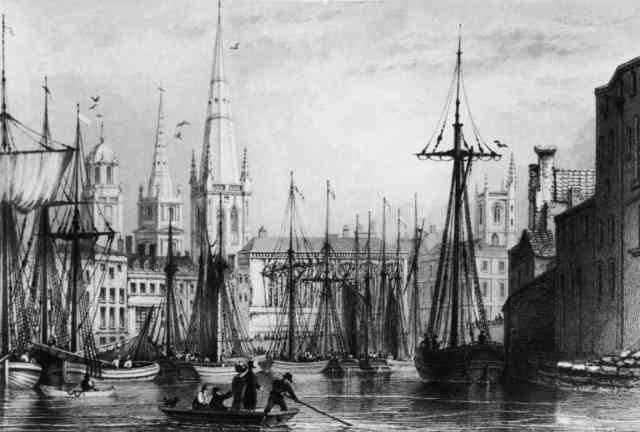

Finally, her true identity would be revealed.
The Princess and the Pirates
According to Enes, Caraboo was from an island called Javasu in the East Indies.
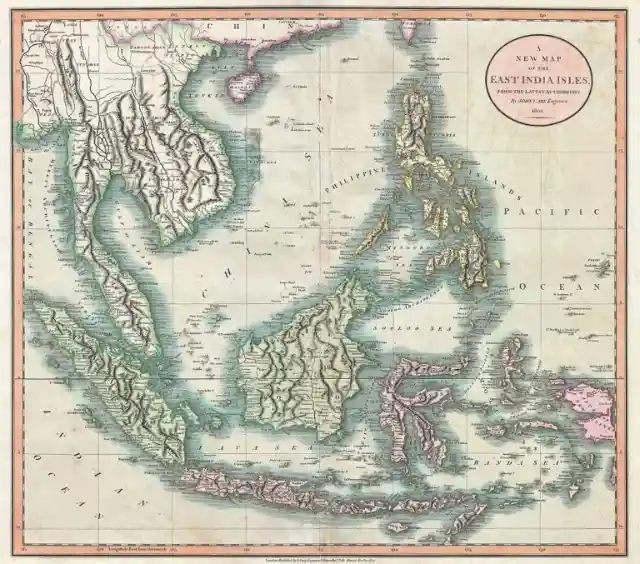

After being abducted by pirates, she managed to escape by diving overboard in the Bristol channel and swimming to shore. Oh, and she was also of royal blood, making her Princess Caraboo.
Back to the Village
Realizing the horrific mistake that had been made, Samual and Elizabeth Worrall rescued her from the home for vagrants and brought her back to Amondsbury.
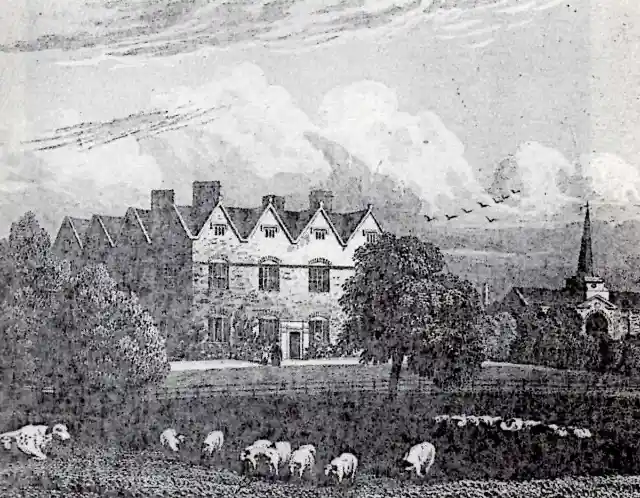
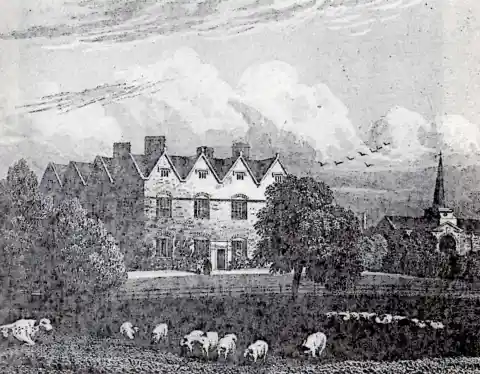
Despite no one having heard of Javasu, they took her back to Knole Park where she enjoyed much better accommodations.
Additional Support
Enjoying her new life in the village, Princess Caraboo’s story was further given credibility by a man who had said he traveled the East Indies thoroughly.
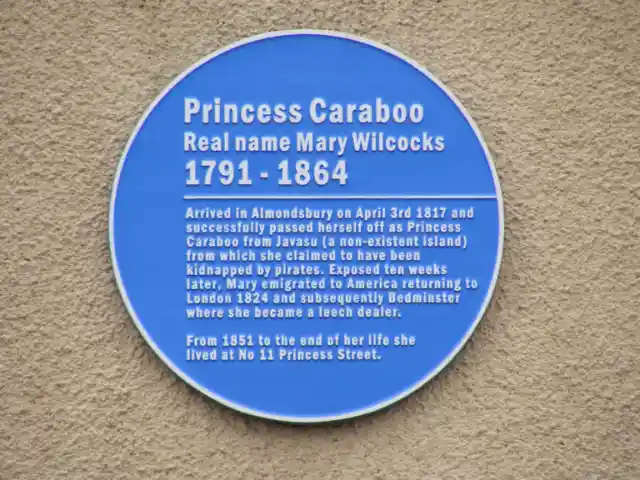
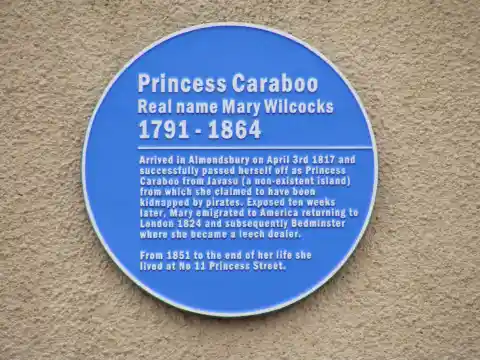
While communicating with the princess via sign language, he was able to expand on her extraordinary story.
The Plot Thickens
According to Caraboo, her father had been killed in a battle with invading pirates. After being kidnapped by a pirate captain known as Cheeming, she was able to wound two of his men before being sold to another pirate.
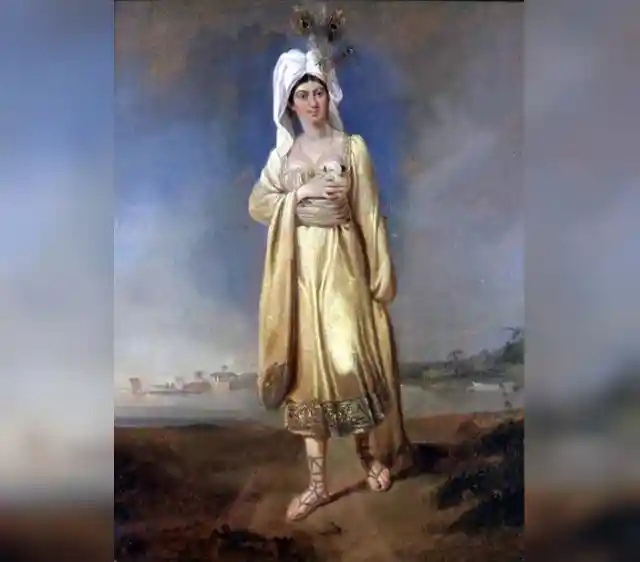
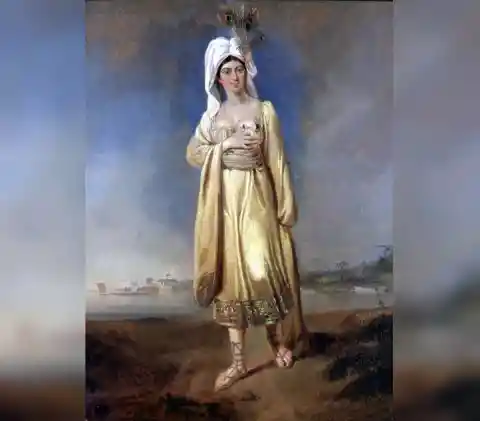
They sailed for 11 weeks before Caraboo had managed to escape. It almost seems too wild to be true, right?
After the Escape
Caraboo told the villagers that she spent six weeks wandering the byways of Gloucestershire before stumbling on Almondsbury.
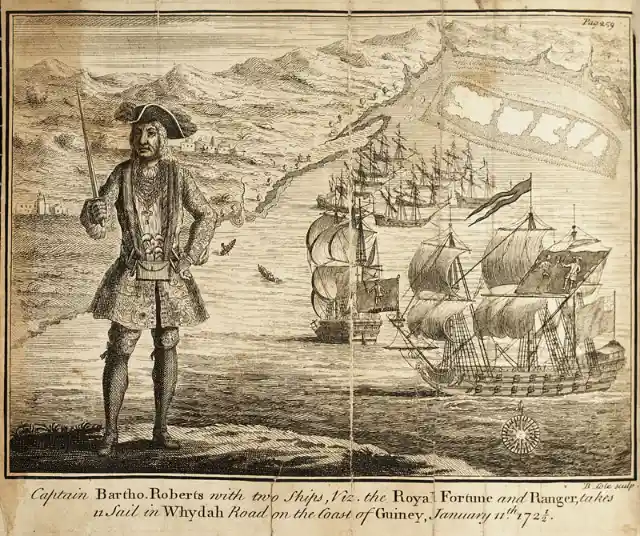

She also mentioned she had obtained her strange clothes from a woman she had met along the way, trading her royal silk dress for something more common.
In Awe of Her Splendor
The good people of the village were completely enamored with Caraboo at this point. In order to continue the people’s interest, the princess wrote down the letters of her language.
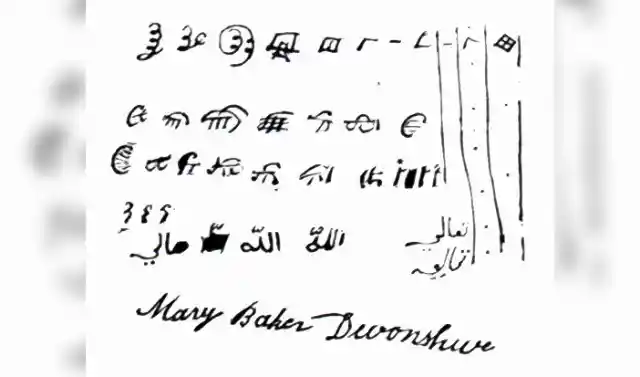
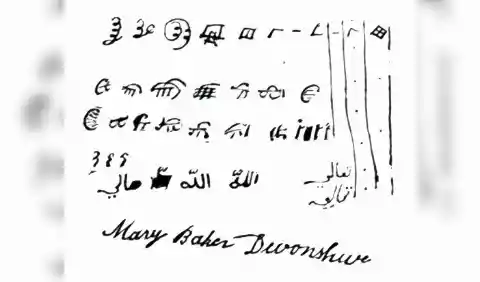
She also proved to be quite handy with a bow and would spend many nights swimming the local lake completely nude.
Rise to Fame
As word of the exotic princess began to spread, a local newspaper picked up the story. Dr. Wilkinson from the city of Bath wrote an article about the princess which was published by the Bristol Journal.

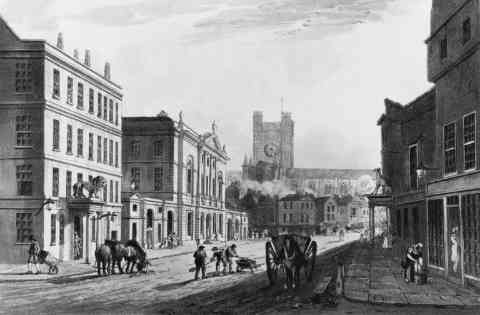
Featuring an illustrated portrait of the princess, this article would be the beginning of her undoing.
A Commoner in Princess Clothing
The article would be the start of Caraboo’s ultimate demise. The portrait published in the Bristol Journal caught the eye of Mrs. Neale, a boarding house landlord who recognized Caraboo as Mary Willcocks.
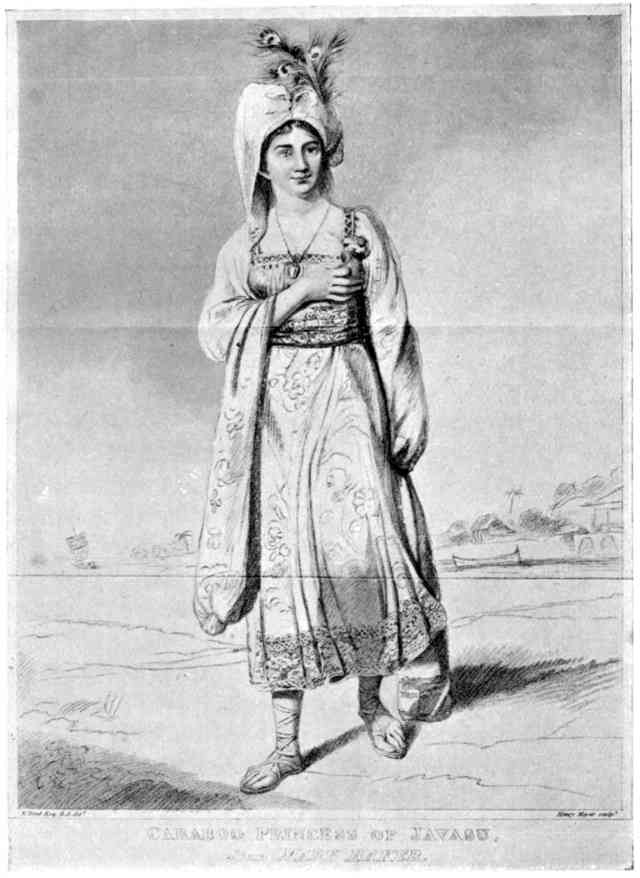

Mary was the daughter of a cobbler who was from the village of Witheridge in Devonshire, which was only 65 miles from Almondsbury.
The History of Mary Willcocks
Born in Witheridge in 1791, her father had always believed something wasn’t completely right with his daughter.
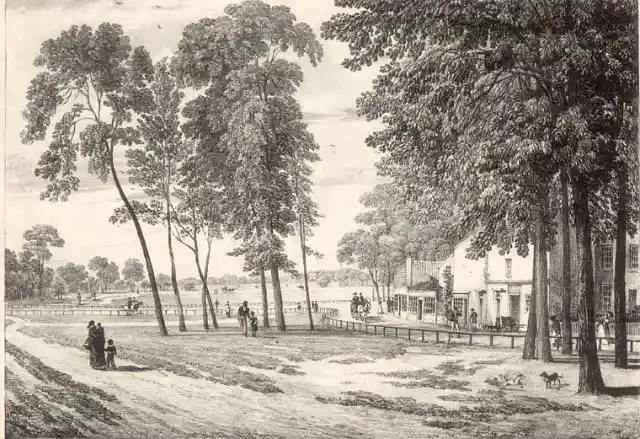
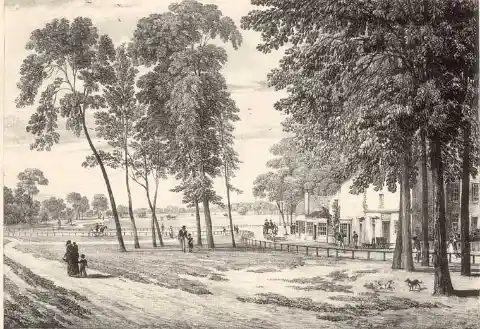
She left her home at the age of 19 before taking a job as a nursemaid in Clapham, a suburb of London.
A Vagrant’s Life
After losing her job, she went on to spend some time living with prostitutes at the Magdalene Hospital for Penitent Prostitutes.
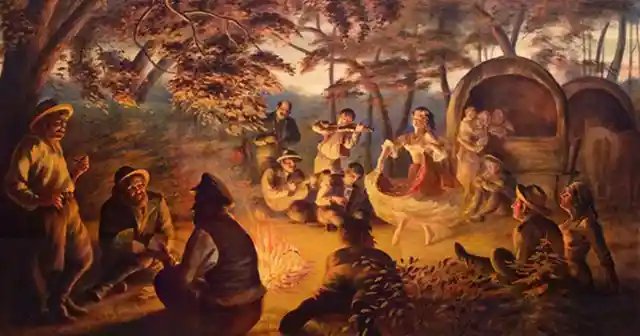

However, she was told to leave once they discovered she wasn’t a prostitute herself. From there, she would eventually get pregnant and have a baby that she ended up giving up before joining a group of traveling gypsies.
The Laughing Stock of England
At this point, Samual and Elizabeth Worrall had become the laughing stock of England for being so gullible. As for Mary Willcocks, she decided to sail to Philadelphia to find fame and fortune as a performer.
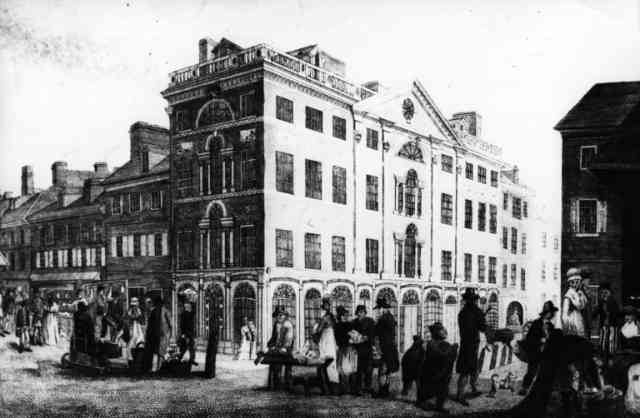
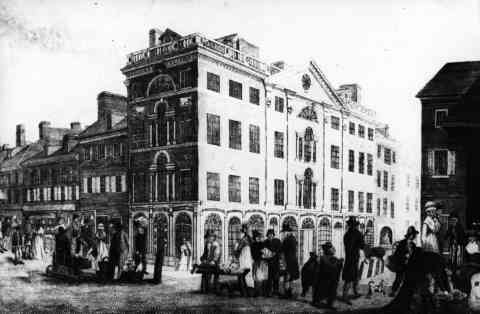
With the desire to be rid of the woman, the generous and kind Elizabeth paid for her fare to America. Good riddance, we’re sure.
Failure to Launch
Using her Princess Caraboo persona, Mary tried to perform on the stage. Sadly, it wasn’t successful and she returned to England in 1824.
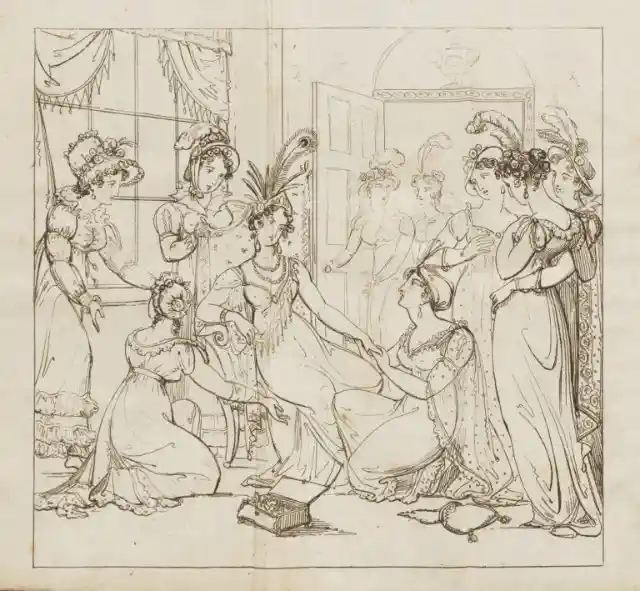
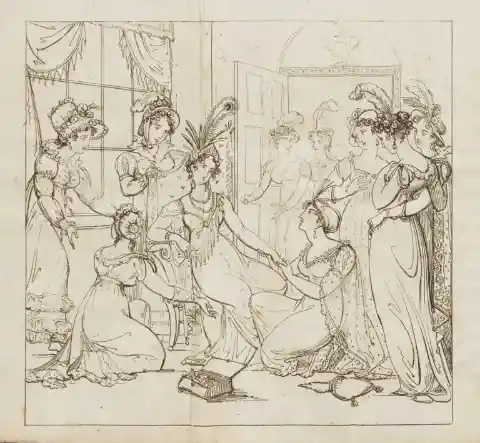
She attempted once again to perform in London, but that wasn’t successful either. It seemed her dreams of fame were fading fast.
A Humbling End
After all the lies and deceit, karma finally caught up with Mary Willcocks and she spent the rest of her life selling leeches to the Bristol Infirmary. Eventually, she fell in love, had a daughter and died in 1864 during a light snowfall on Christmas Eve.
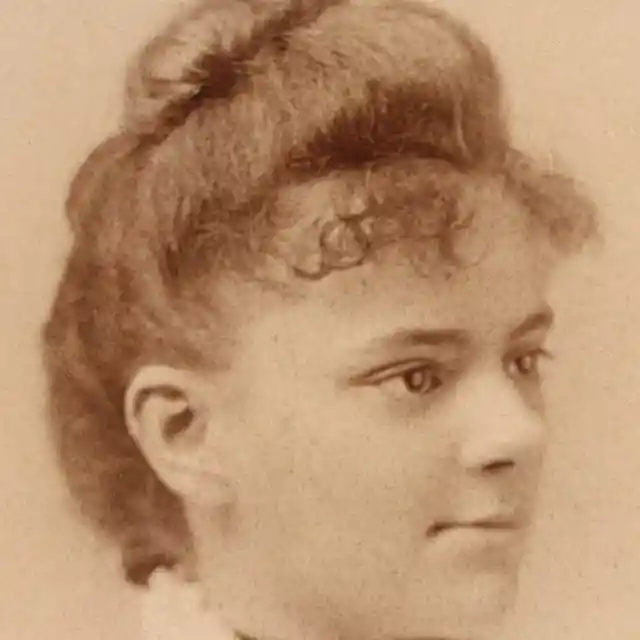
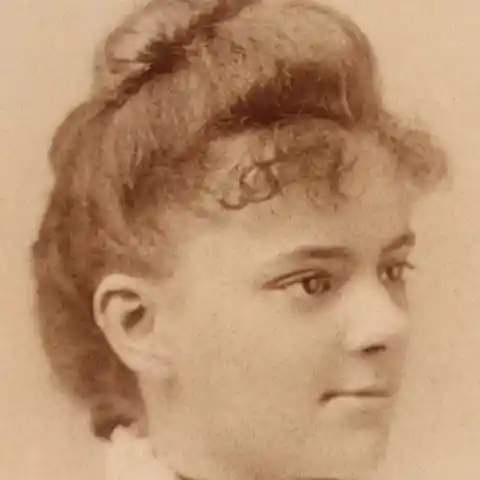
Historian, Brian Haughton had to say about Mary. “That Mary dared to escape her menial position and perpetrate such a complicated hoax is, I believe, nothing short of wondrous. Mary Willcocks should be an inspiration to anyone who feels held back by their position in society.”